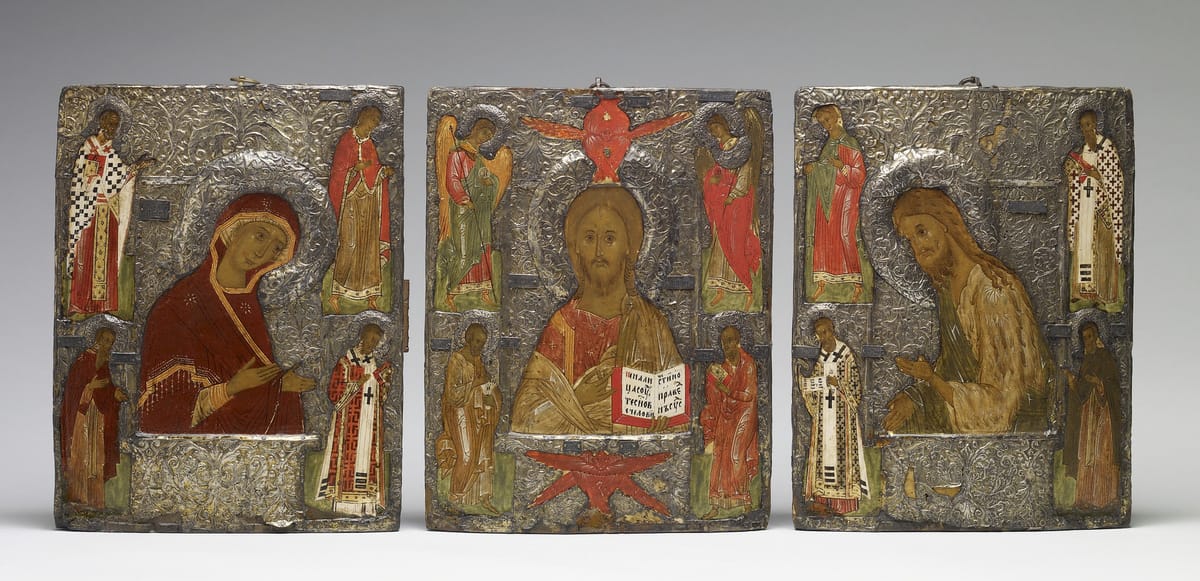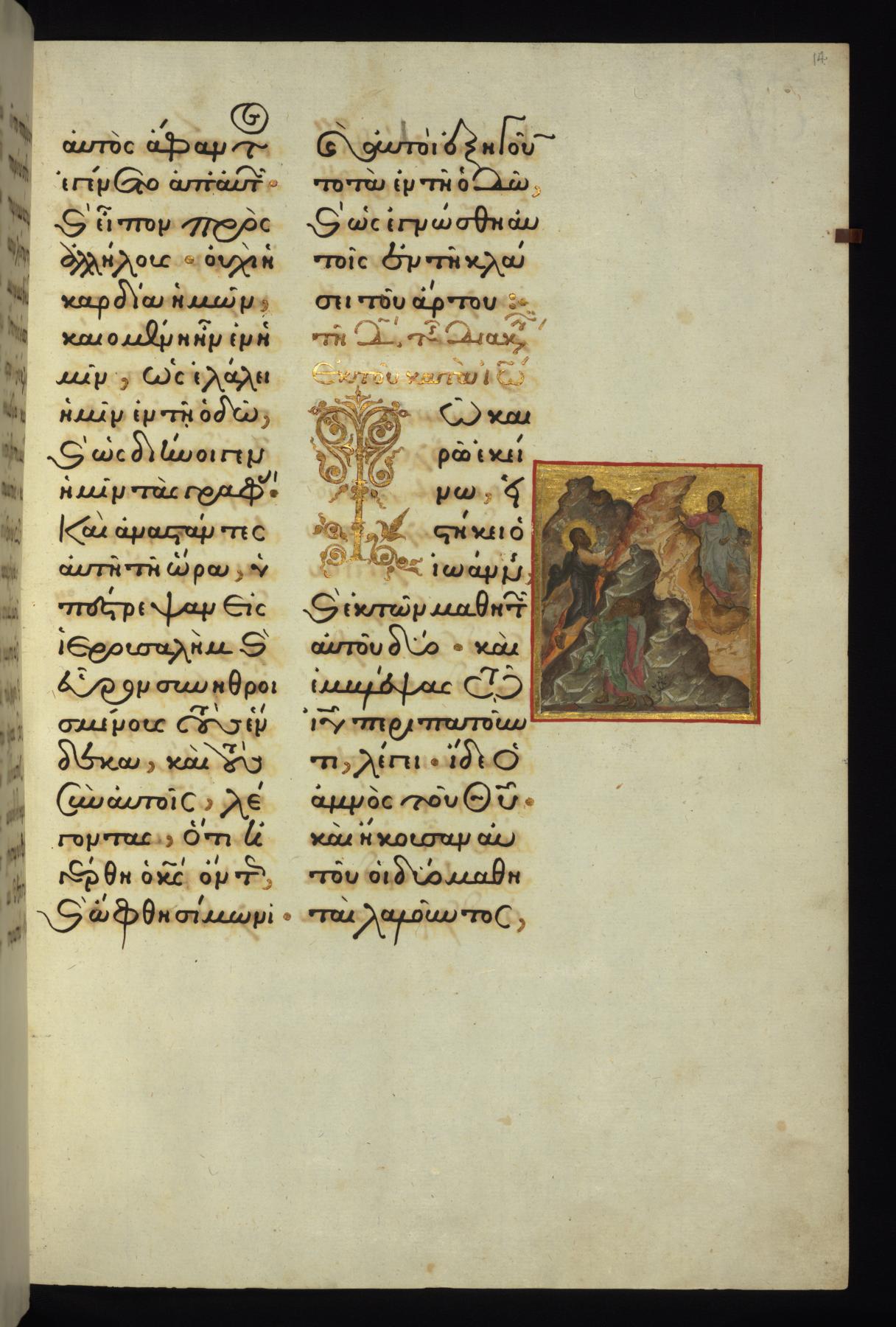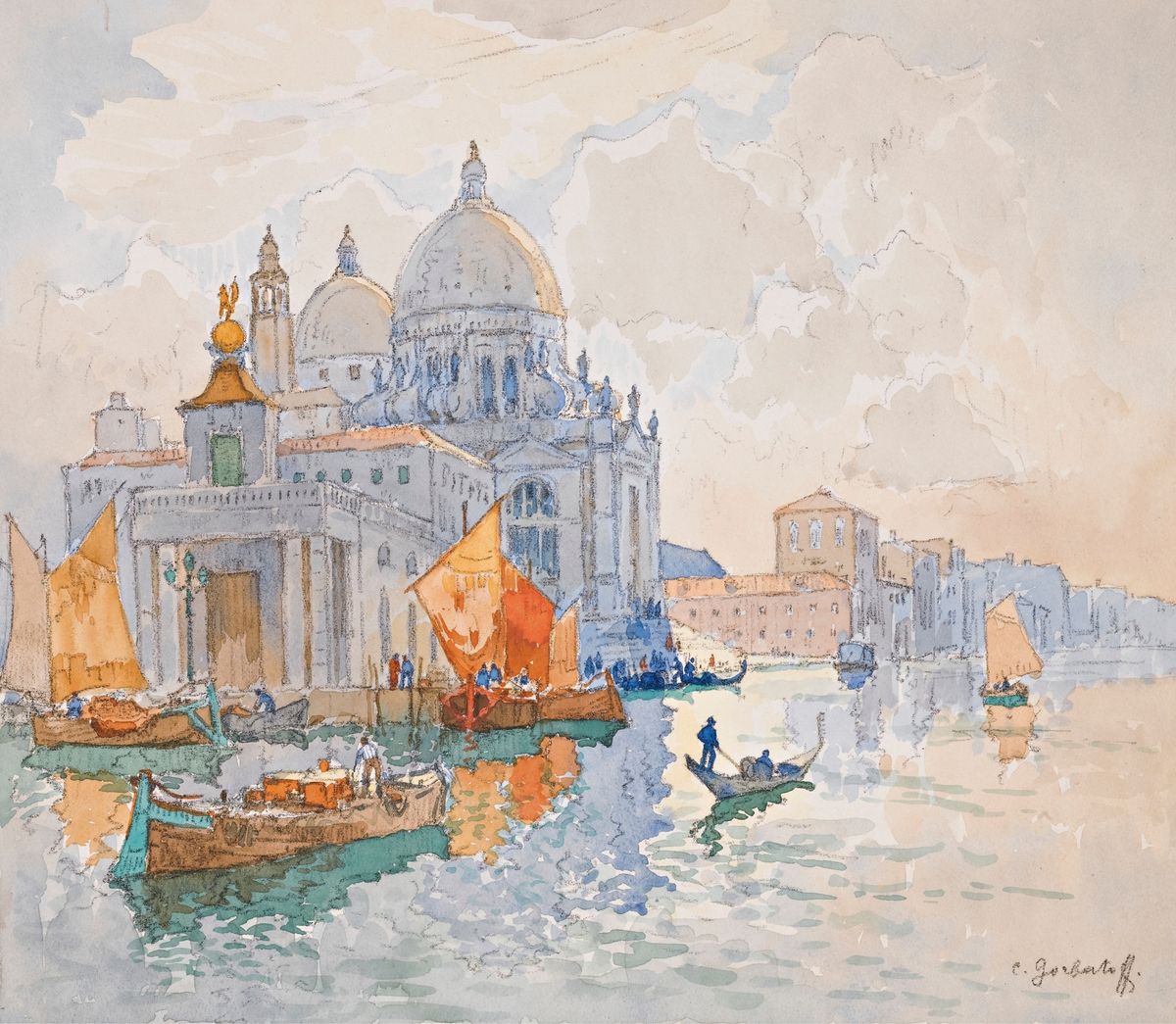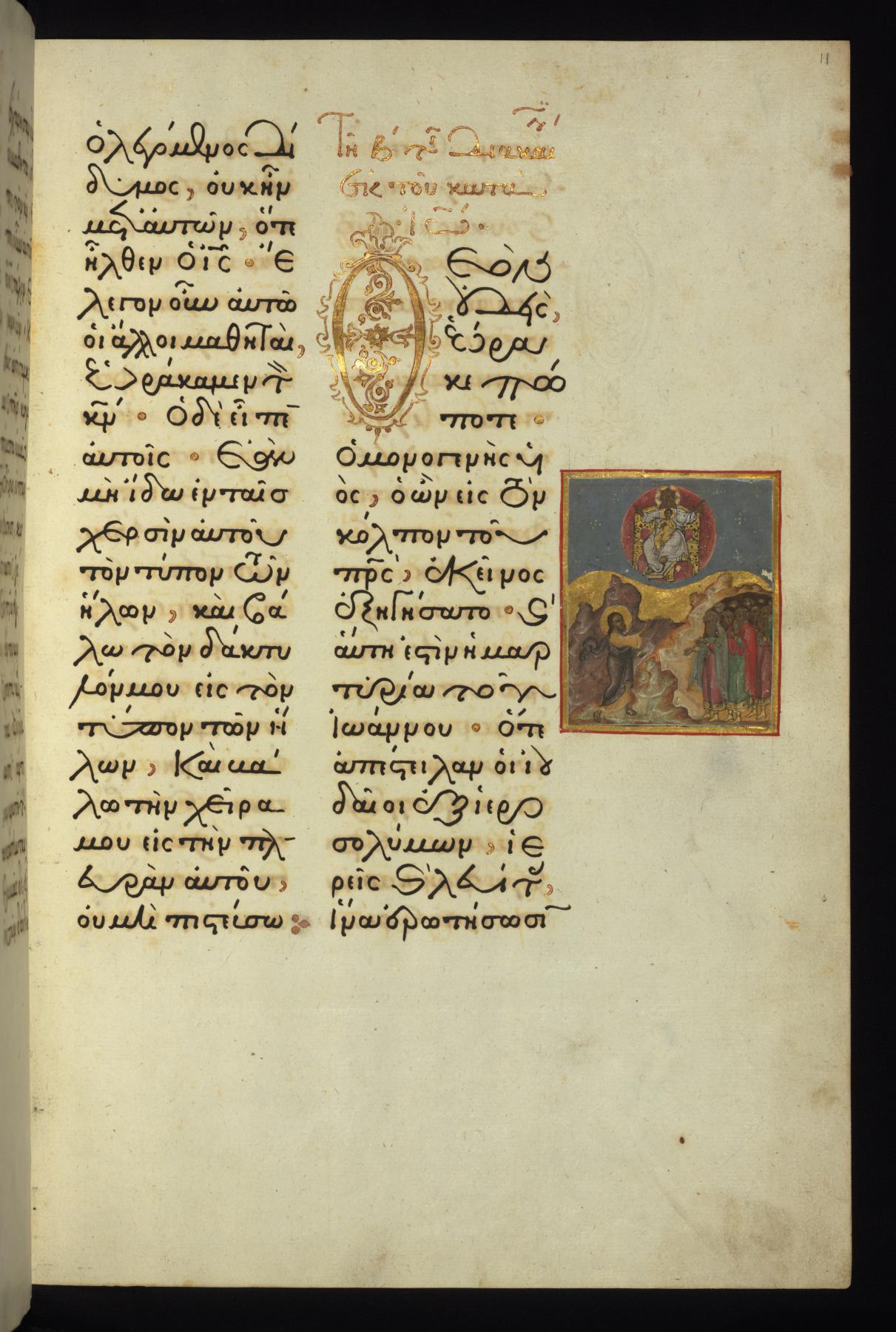Christ Preaching in the Temple — The Feast of the Mid-Pentecost (1800) by MStera (Russia) - Public Domain Eastern Orthodox Art
This icon depicts the young Jesus teaching in the Temple of Jerusalem, which is the central theme of the Mid-Pentecost feast in Orthodox Christianity. Mid-Pentecost, is a significant feast day in the Orthodox Church that falls on the 25th day after Easter.





















